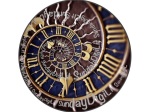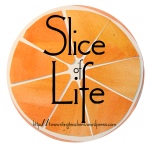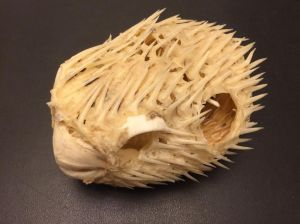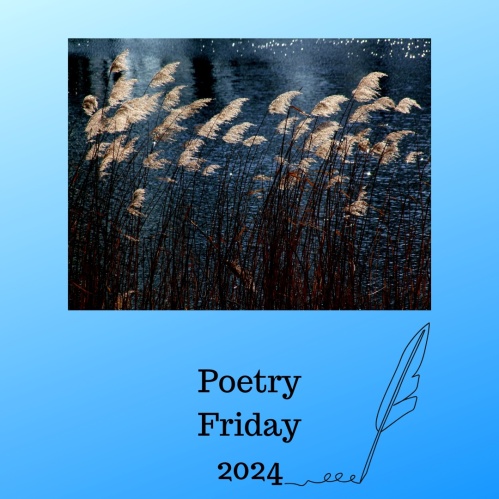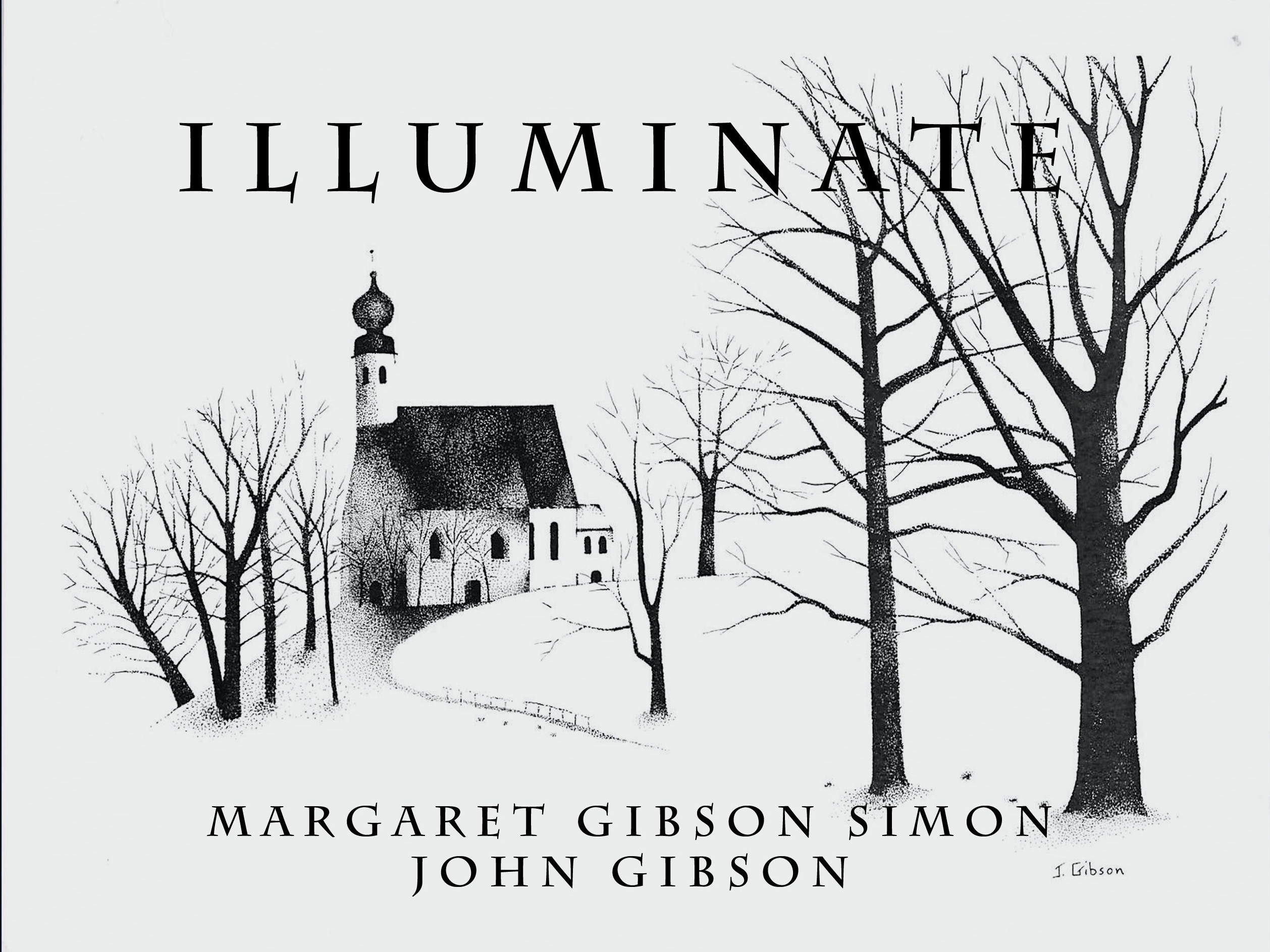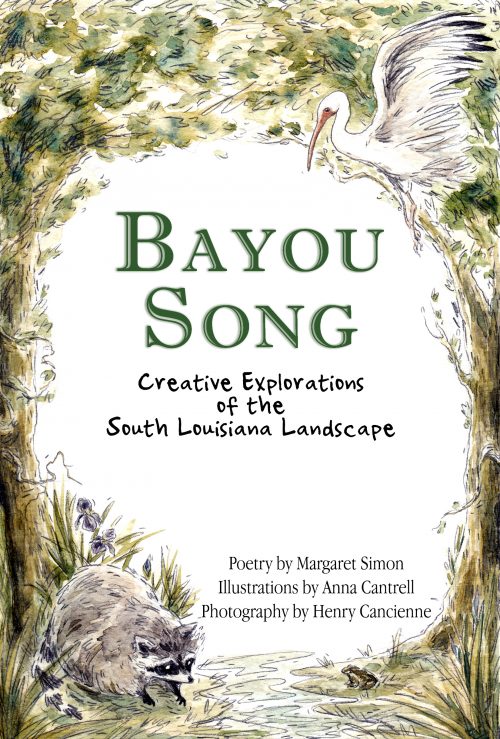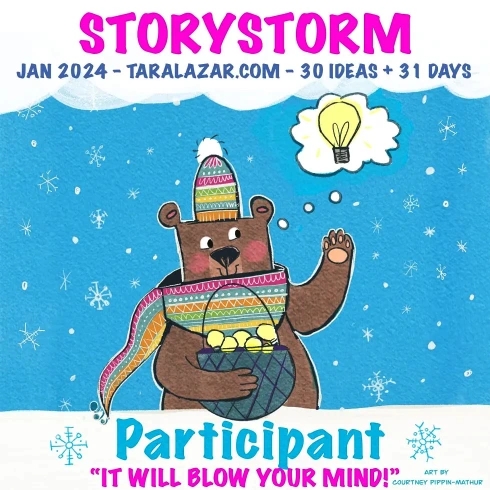The past week I have been coaching my students on a new project, podcasting.
Noah said, “But, Mrs. Simon, I don’t know how to write a podcast.”
“Neither do I,” I replied, “We’re figuring this out together. I’ve shown you two mentor texts for nonfiction, and we’ve listened to a sample podcast. Let’s see if we can figure this out.”
This is a precarious situation to put myself into, but I wouldn’t have it any other way.
According to an analogy from Jenn Hayhurst @hayhurst3 (Good2Great Voxer), I am daring to get on the roller-coaster of teaching rather than the Merry-go-Round. Her comparison resonated with me and my work with gifted kids. I think they would refuse to ride the Merry-go-Round with me, but they will hop on the roller coaster and not ask questions until the ride gets rough. Then it’s scary, and they’re not sure why they got on. Where are we going? When will the ride get easier? When will we know it’s over?
Flexibility is the name of the game in my classroom. When the ride gets scary, I step next to them and ask questions. Would you like to interview a classmate? Are you interested in including the sound an owl makes?
My students are finding their own nonfiction topics. The best resource for kid-friendly nonfiction topics is Wonderopolis with almost 2000 topics, easy to read articles including videos and vocabulary. That is a starting point.
Andrew started his podcast idea at Wonderopolis reading the article, “Why do People Keep Pets?” He then read articles about bonding with cats and dogs. He decided to survey his class about their pets. Then he selected one student from his class to interview.
I downloaded Audacity, but I’m on an uphill climb trying to figure it out. Experiment. Mess up. Back up. Try again. Flexibility.
Writing the scripts themselves are a challenge because my students want to make their podcasts interesting to listen to. They want to include humor. They want to balance fun with facts. Flexible, flexible, flexible. When do I step in? When do I step back?
I want to thank my friend, Kimberley Moran, for giving me the courage to give this roller-coaster ride a chance. We’re still on board, but I think the ride will soon get thrilling, and all the hard work will be worth it.
Please add your DigiLit blog posts below:
